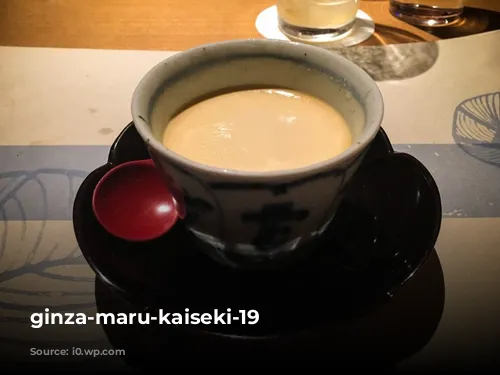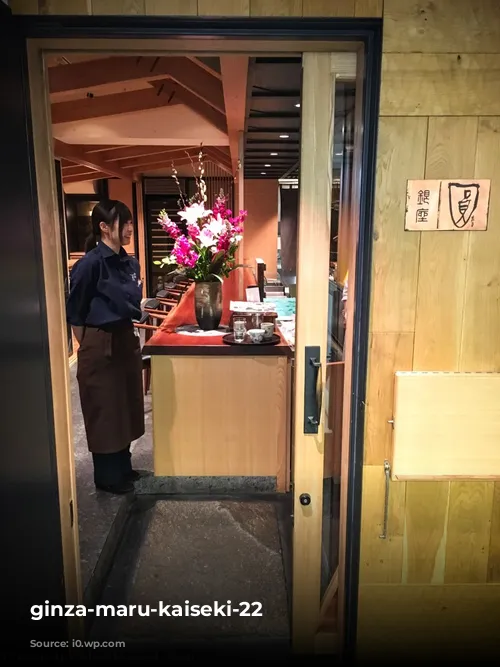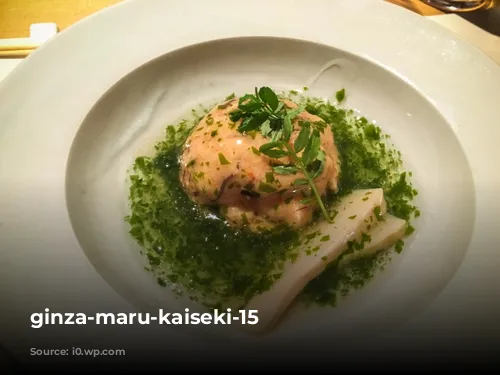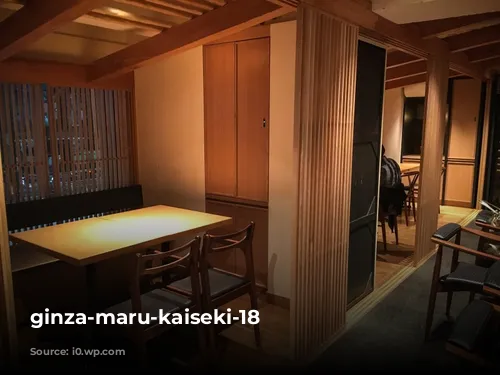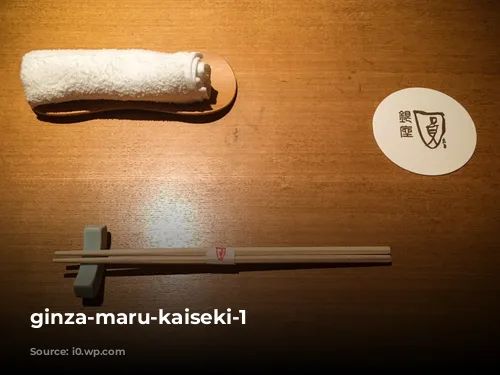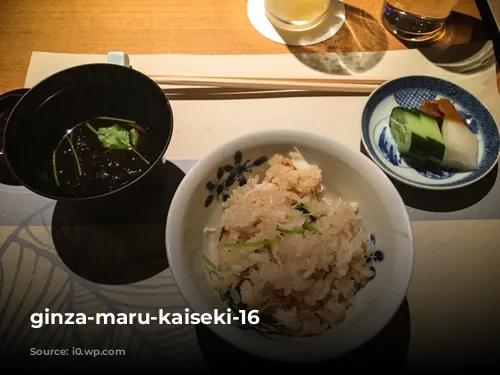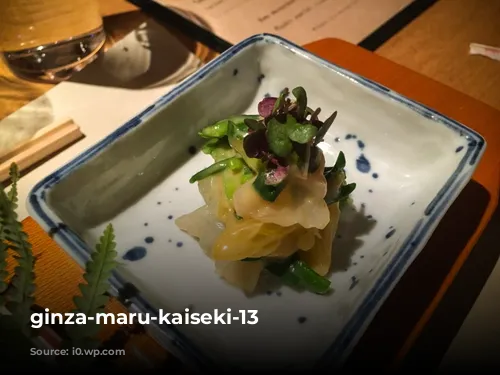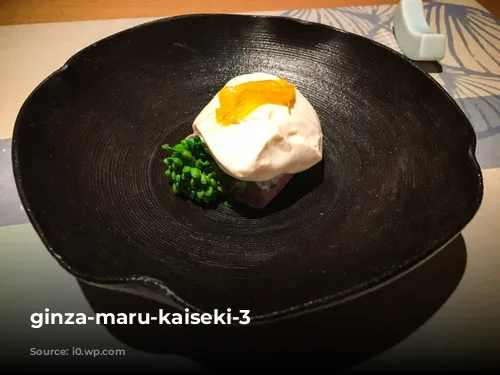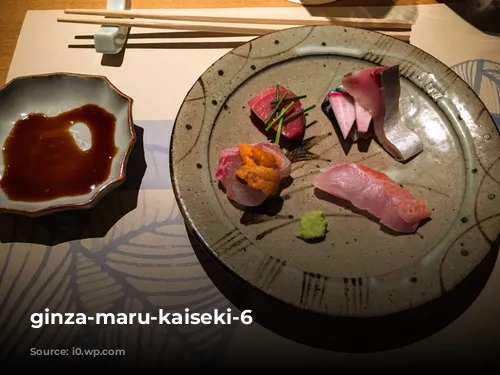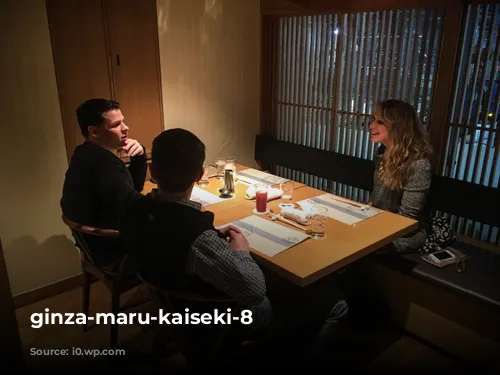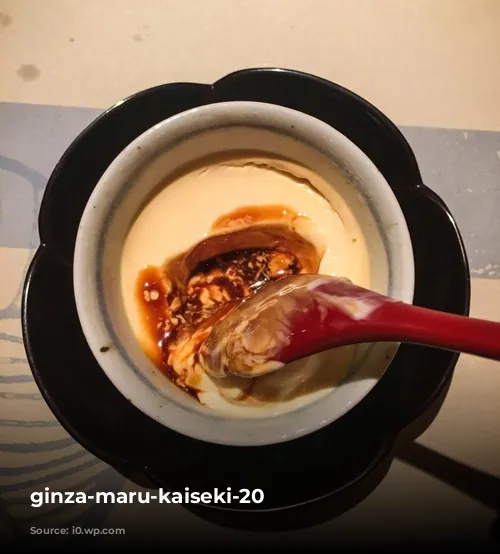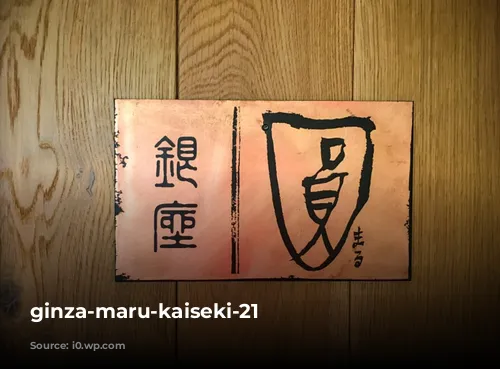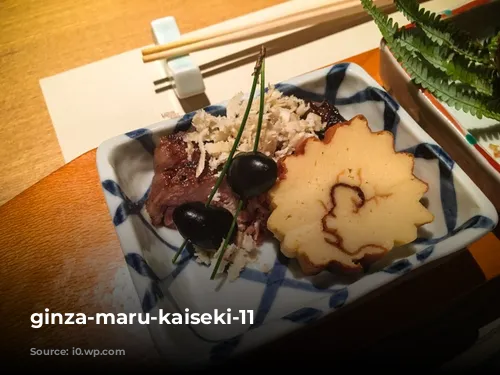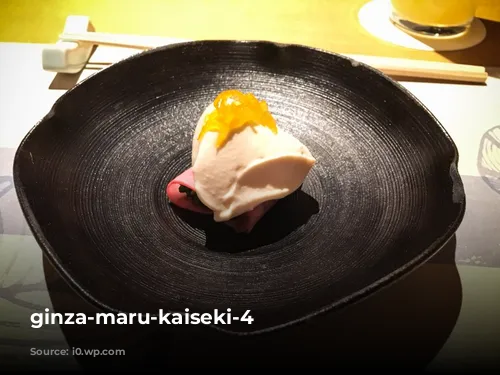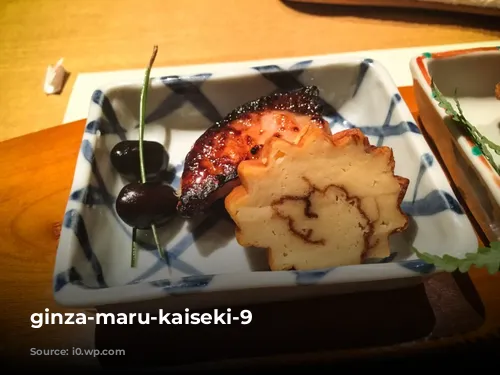Welcome, fellow food enthusiasts! Join us as we embark on a delightful journey through the world of Japanese kaiseki, a culinary art form that’s more than just a meal – it’s an experience.
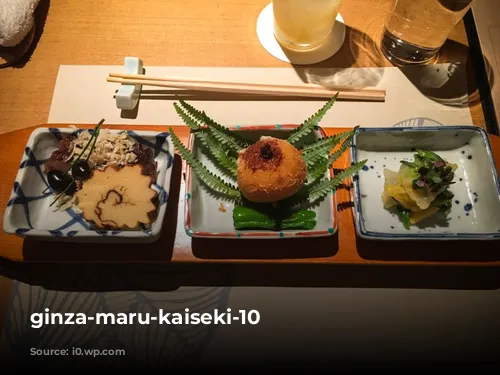
Discovering the Essence of Kaiseki
In 2016, we set out on a culinary adventure, aiming to immerse ourselves in the subtleties of Japanese cooking philosophy. We started with teppanyaki at the renowned Ukai-tei in Omotesando, an experience that left us speechless. Our latest exploration took us to the elegant Ginza district for a special kaiseki dinner at Ginza Maru, described by the Japan Times as a “haven of understated calm.”
Kaiseki, a style of cooking and ceremonial banquet serving, originated in Kyoto centuries ago. It’s a truly unique Japanese experience, known for its meticulous presentation and use of fresh, seasonal ingredients. Each course is a carefully crafted masterpiece, balancing taste, texture, appearance, and colors, creating a symphony of flavors.
Modern kaiseki draws inspiration from various Japanese culinary traditions, including imperial court cuisine, Buddhist temple cuisine, samurai cuisine, and tea ceremony cuisine. While some kaiseki dinners can be exorbitantly expensive, Ginza Maru promised a more accessible introduction to this captivating culinary art form.
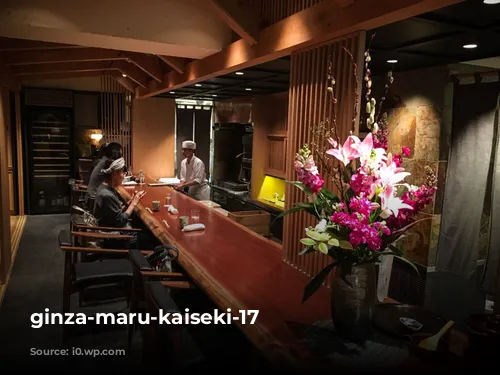
A Symphony of Flavors: Our Kaiseki Journey
Located just off the bustling Ginza avenue, Ginza Maru boasts a minimalist yet inviting ambiance. We were seated at a cozy table by the windows, and the exquisitely crafted dishes soon began to grace our table.
The appetizer (shiizakana) was a salad of ripe blossoms wrapped in dried persimmon and adorned with white tofu and yuzu rind. The first bite was an explosion of flavors and textures: the crunch of vegetables, the refreshing aroma of yuzu zest, the smoky flavor of the persimmon, and the luxurious, creamy tofu that melted in our mouths. It was a symphony of taste, and as my friend Mandy aptly put it, “I wanted to cry when this dish ended.”
The second course (suimono) was Ozoni, a traditional New Year’s soup featuring mochi, vegetables, carrot, and taro root. The simple yet flavorful soup was a comforting delight on a chilly winter evening.
Next came a beautiful platter of sashimi. A vibrant array of mackerel, red sea brim, tuna, and creamy uni was served with real wasabi and radish slices. The freshness of the ingredients was undeniable, leaving us wanting more.
The main courses offered a choice between grilled fish or wagyu steak. Three of us opted for the wagyu upgrade, while Mandy chose the grilled mackerel.
We savored a salad of squid, yuzu, and greens, its creamy vinegar, ginger, and miso dressing creating a refreshing and flavorful bite. The snow crab croquette was a revelation, its perfectly crispy shell encapsulating a warm, flavorful crab cream. It was a true highlight of the meal, a taste I will remember for a long time.
Mandy’s miso-marinated mackerel was cooked to perfection, while the wagyu steak was succulent and fatty, though not quite as outstanding as the one we had at Ukai-tei.
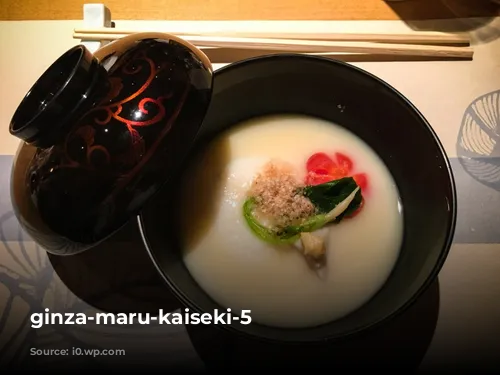
A Journey to the End: Donabe Gohan and Mushi Purin
The fifth course was a unique and delightful surprise. Red sea brim fillet covered in creamy tofu was served with vegetable jelly and bamboo shoots. The dish was incredibly soft and delicately prepared, although it wasn’t quite as memorable as the previous courses.
Our journey continued with donabe gohan (clay pot rice), a traditional end to a kaiseki tasting menu. We indulged in Takikomi gohan, a Japanese version of pilaf featuring perfectly steamed rice seasoned with dashi, soy sauce, greens, and snow crab. It was so good we had seconds!
Finally, we were presented with a choice of desserts. Following our wonderful English-speaking waitress’s recommendation, we selected the Mushi Purin, a pudding custard that has been the restaurant’s specialty for years. This common Japanese dessert, often featured in anime, was a revelation. The slightly bitter coffee-flavored caramel sauce on the bottom was a perfect complement to the luscious, silky-smooth custard. It was a true delight, a dessert we wished would last forever.
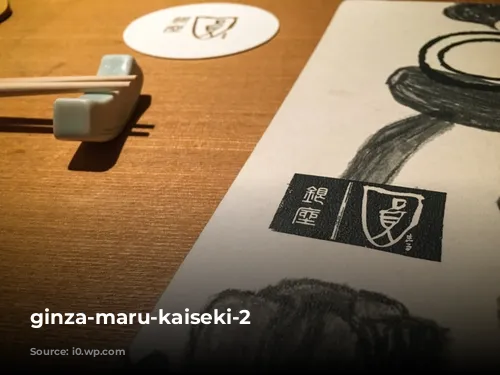
Ginza Maru: A Budget-Friendly Kaiseki Delight
Ginza Maru may not boast Michelin stars or the exclusivity of invitation-only restaurants, but it offers a wonderful introduction to kaiseki and a reliable option for seasoned eaters. While it may not use the most sophisticated crockery or the priciest ingredients compared to other high-end kaiseki restaurants, every course was enjoyable, and some were truly outstanding.
The hospitality and service were exceptional. Our server’s excellent English made communication a breeze, and the staff was friendly and knowledgeable. I would wholeheartedly recommend Ginza Maru, especially to those looking for an authentic Japanese dining experience on a budget.
This memorable kaiseki journey reminded us that sometimes in our quest for the “best,” we forget to appreciate the “good.” Ginza Maru may not be the most extravagant dining experience, but it delivered a heartfelt and delicious journey through Japanese culinary tradition. We highly recommend this hidden gem in Ginza!
